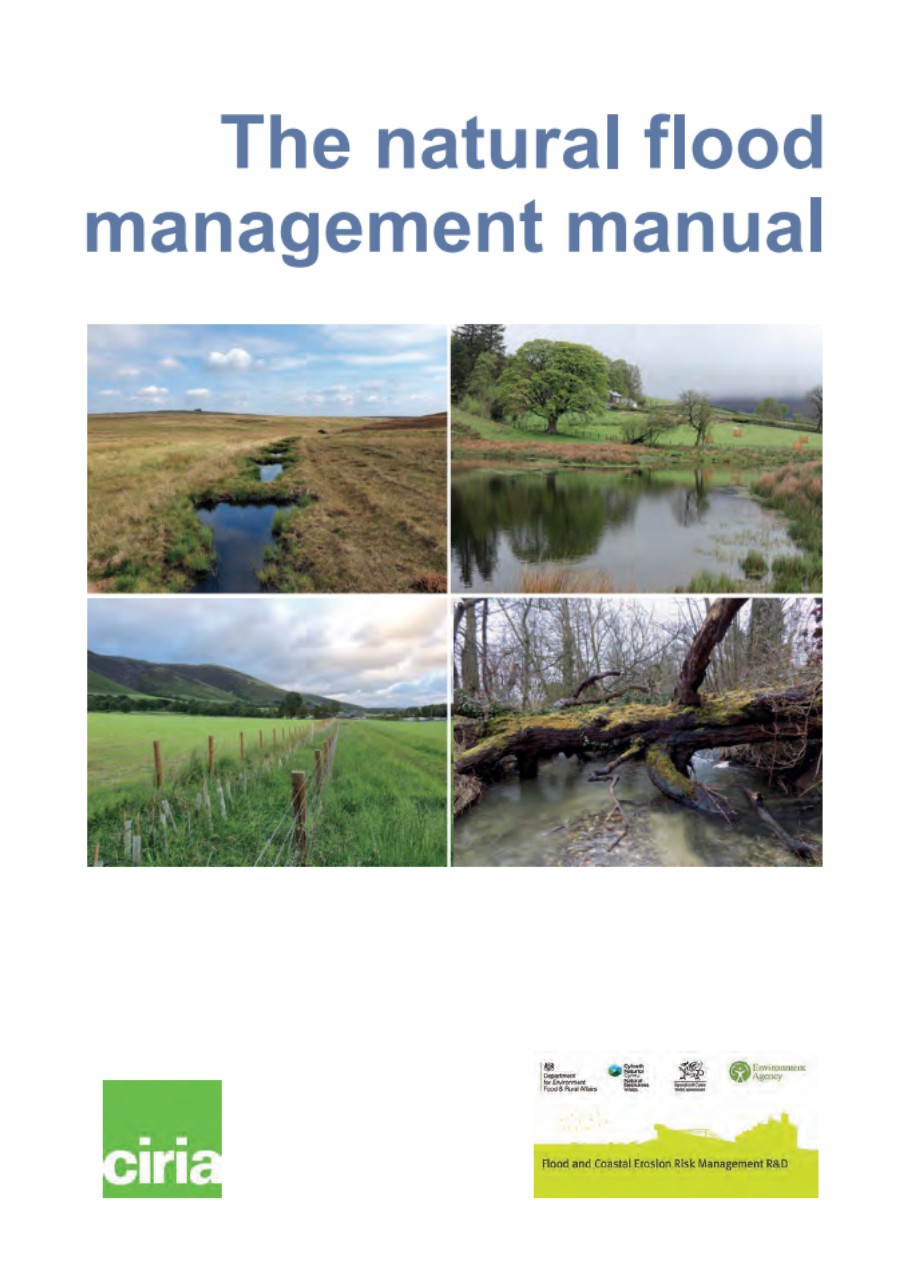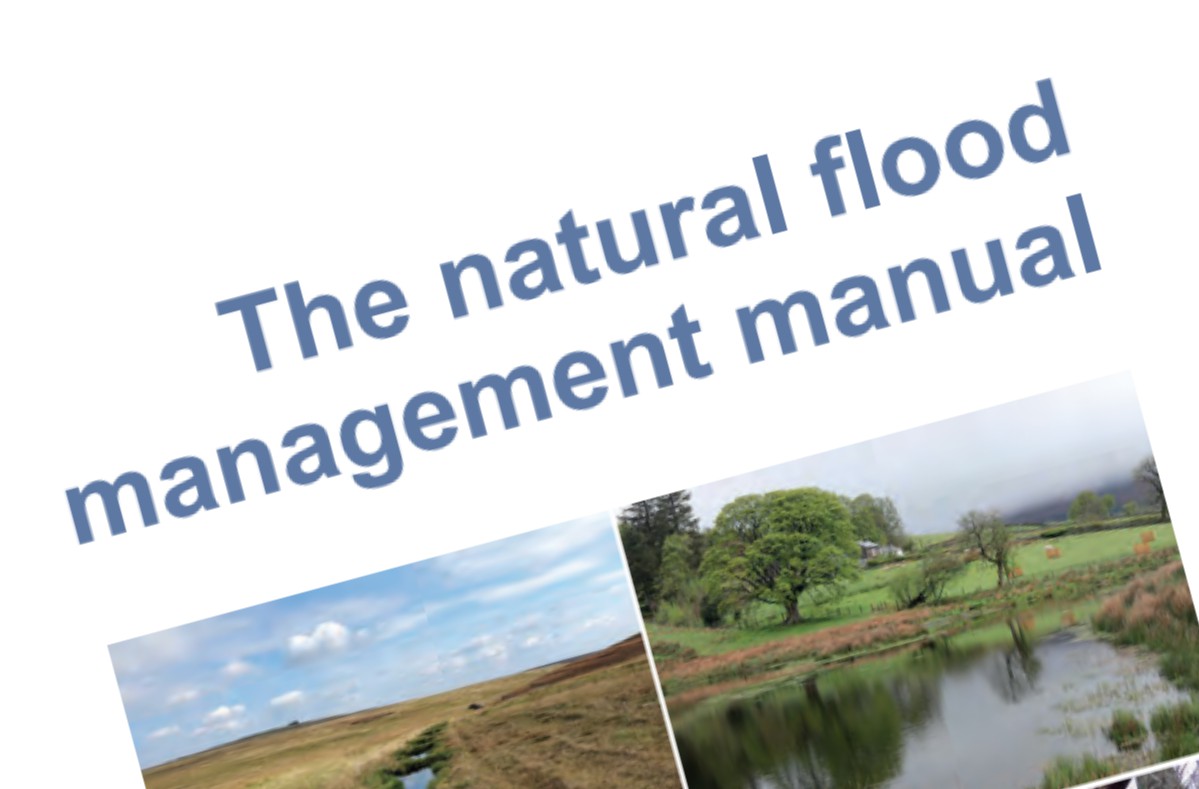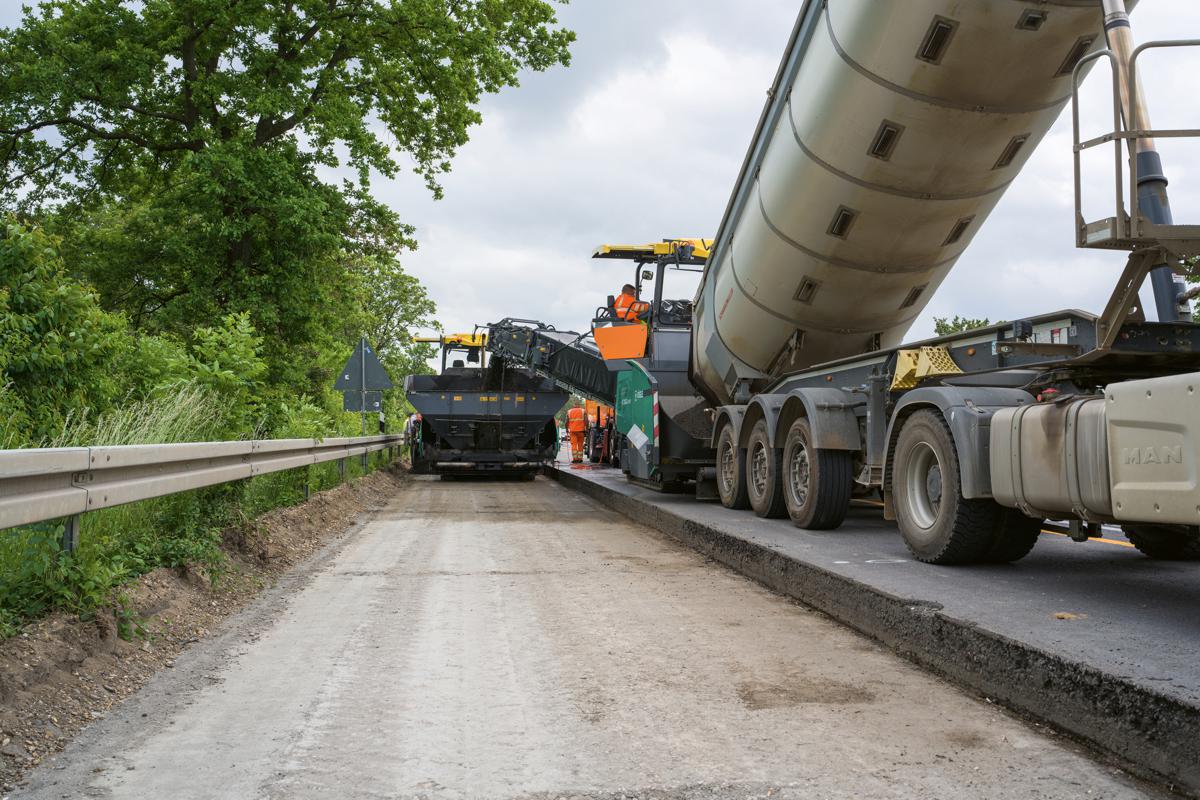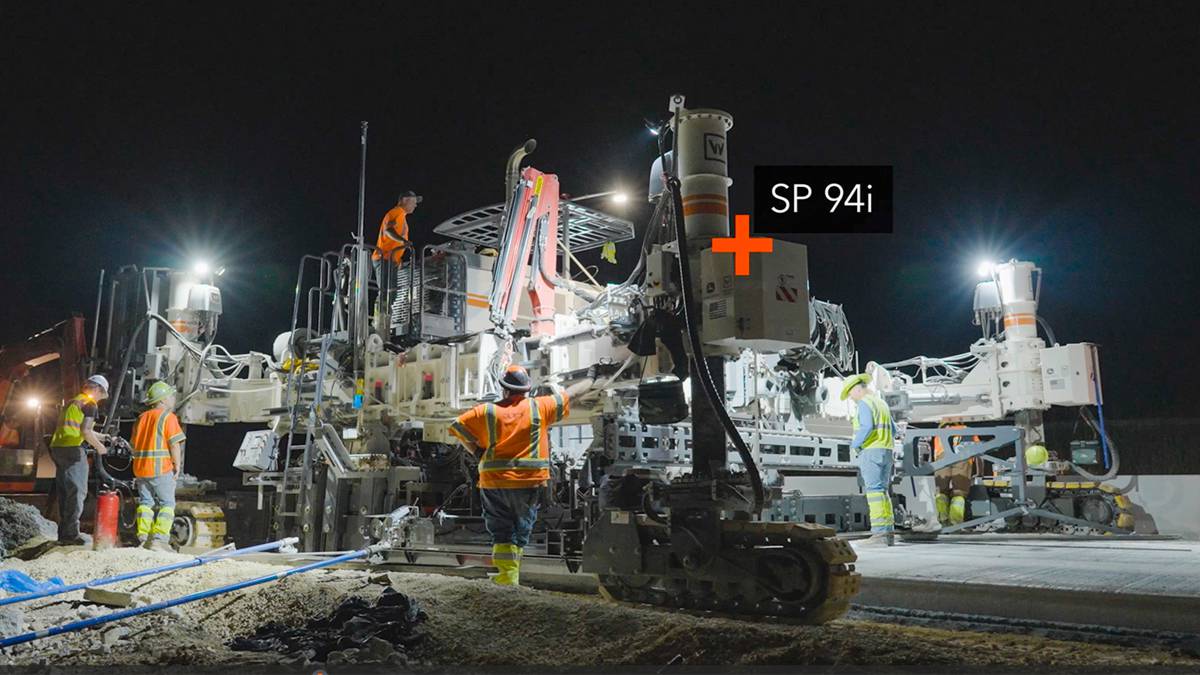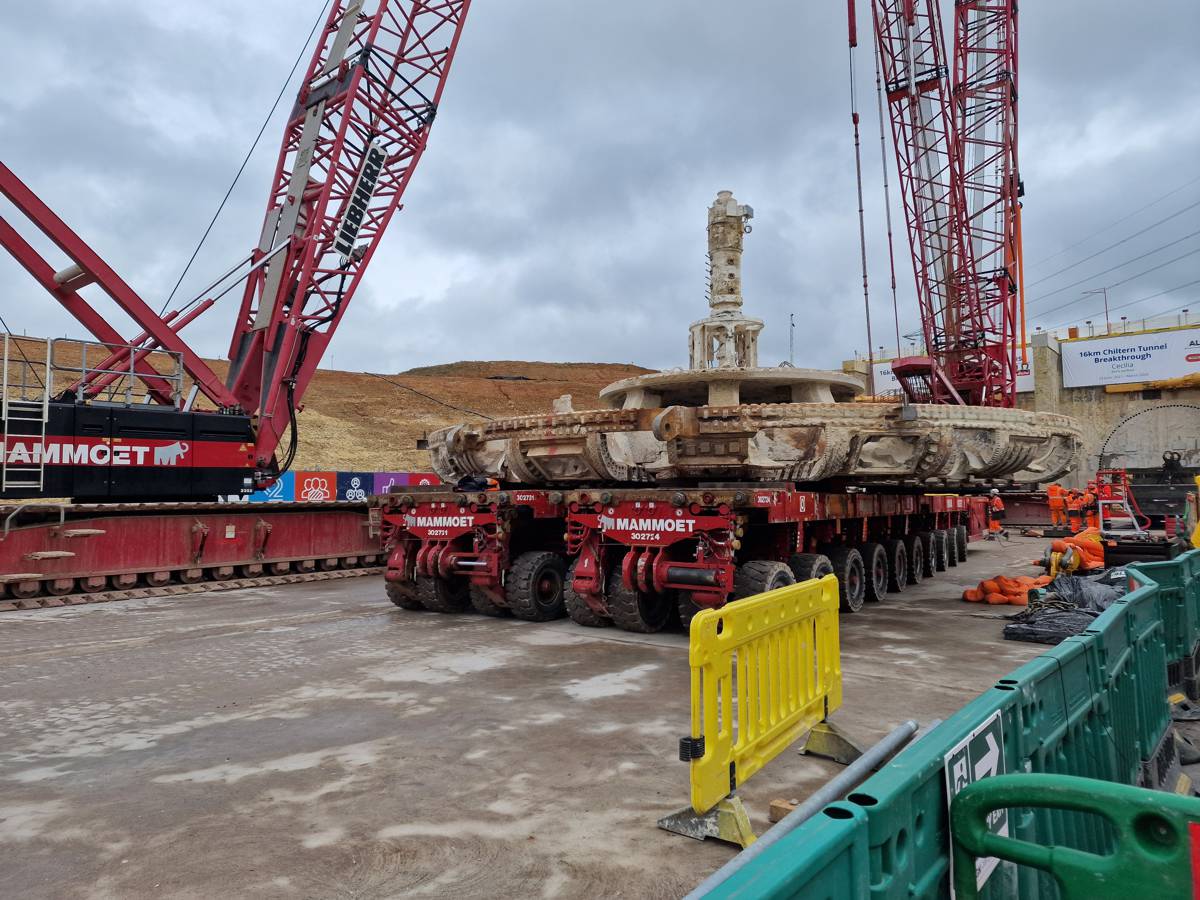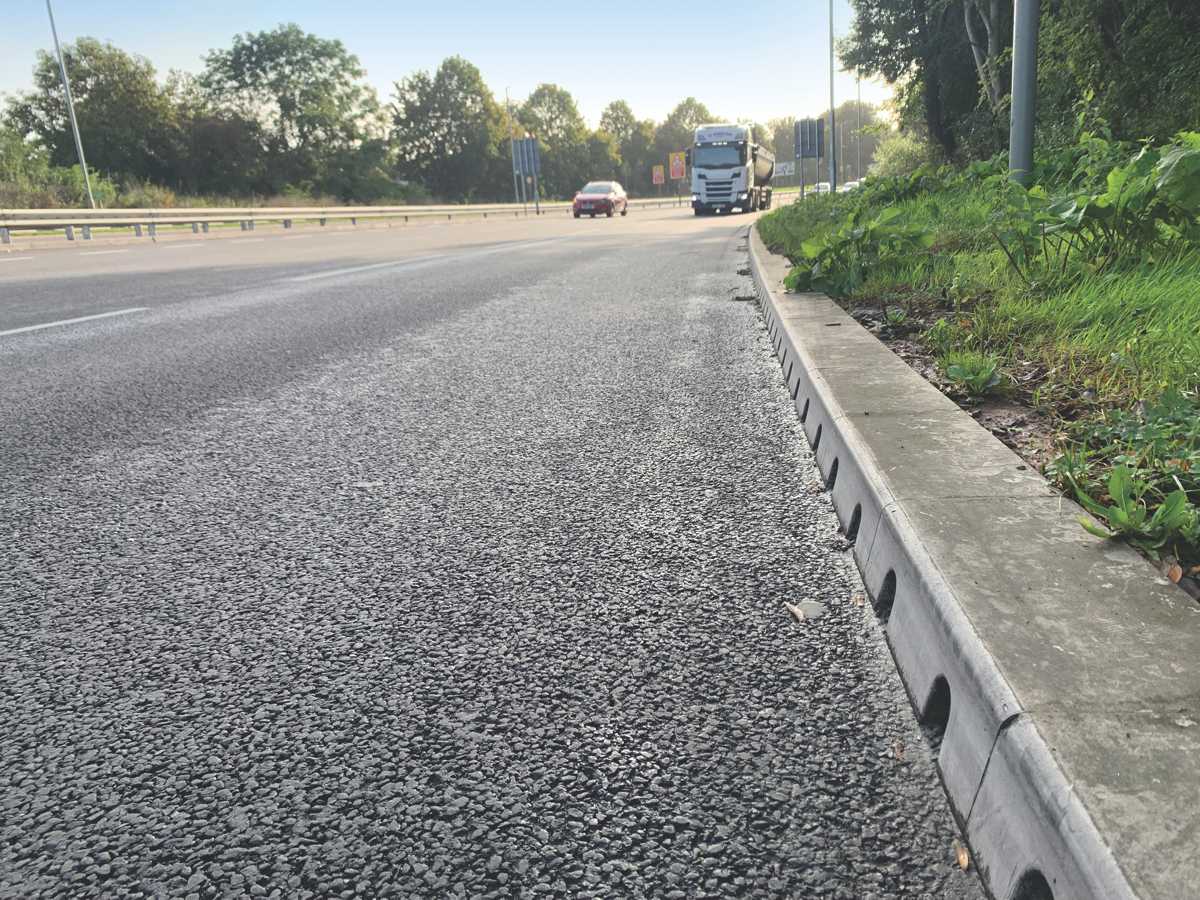CIRIA guidance driving the implementation of Natural Flood Management
CIRIA is delighted to announce the launch of the widely anticipated Natural Flood Management Manual (C802) at a webinar supported by the Environment Agency hosted on 10 May 2022.
Natural flood management (NFM) is a tool to help reduce flood risk. It complements other flood risk management approaches and involves working across the landscape to protect, restore or mimic the natural hydrological processes that occur. These include increasing infiltration of water, slowing the flow of water across the landscape, storing water, and holding back sediment.
Importantly, natural flood management can have a range of complementary, co-benefits such as habitat creation, carbon storage, water quality improvement and recreational and wellbeing benefits if delivered effectively and considered from the outset. These co-benefits can be maximised by working with others.
The manual is divided into four parts and addresses these issues:
- Part A provides an overview of NFM alongside a high-level check list of the steps to deliver it.
- Part B covers the philosophy of NFM and the first part of the delivery process – how to setup a project for success and choose appropriate NDM sites and measures.
- Part C provides in-depth detail on a range of inland NFM measures. The manual covers 12 measures in total, four of these are covered in detail with the remaining measures given a short overview and signposts to further detail.
- Part D gives detailed information on the NFM delivery process, with supporting information including case studies and worked examples covered in the Appendices.
This manual will prove invaluable to lead local flood authorities, environmental regulators, internal drainage boards, water and sewerage companies, infrastructure owners and operators, landowners, land managers, tenant farmers, environmental NGOs, community groups, catchment partnerships, universities, and research organisations.
Commenting on the manual Emma Wren, Natural Flood Management lead, Mott MacDonald, and lead author of C802, said: “The natural flood management manual can help improve three key things: improve confidence, improve outcomes, and improve uptake of NFM. Overall, I want it to be a springboard that launches NFM to be mainstream across our landscape, being employed consistently and at scale across the UK to help us collectively address the nature and climate emergencies.”
Dirk Vennix, CIRIA CEO, commented: “CIRIA is delighted to launch this manual which is the first of its kind for the construction industry. With the backing of a project steering group comprising key infrastructure clients, suppliers, regulators, and trade bodies we have published pioneering guidance on NFM measures designed to reduce the risk of flooding from surface water and rivers. We are delighted to have achieved industry wide consensus on where and how to deliver a number of measures which are often considered to be challenging.”
Dr Louise Walker, Senior Research Manager, CIRIA, added: “I hope the CIRIA NFM manual will prove to be as useful and popular as CIRIA’s industry renowned SuDS Manual. It has been a career high to have overseen the successful delivery and development of this manual – a project started by my ex-CIRIA colleague Paul Shaffer.”
